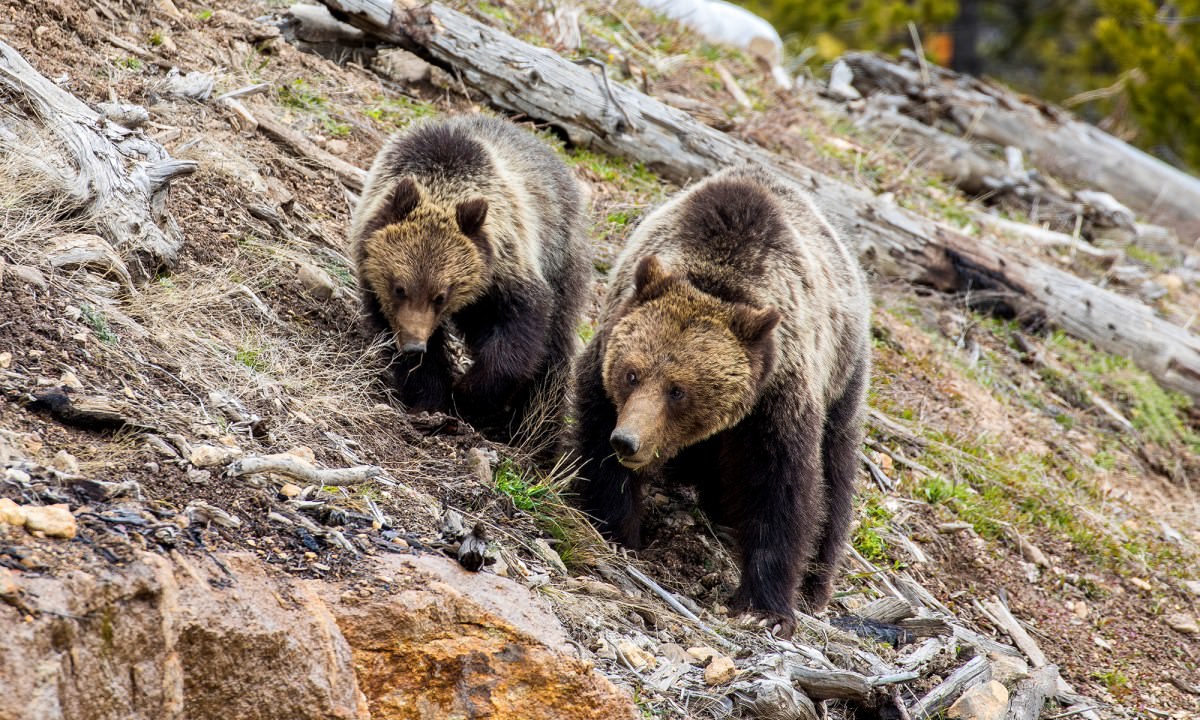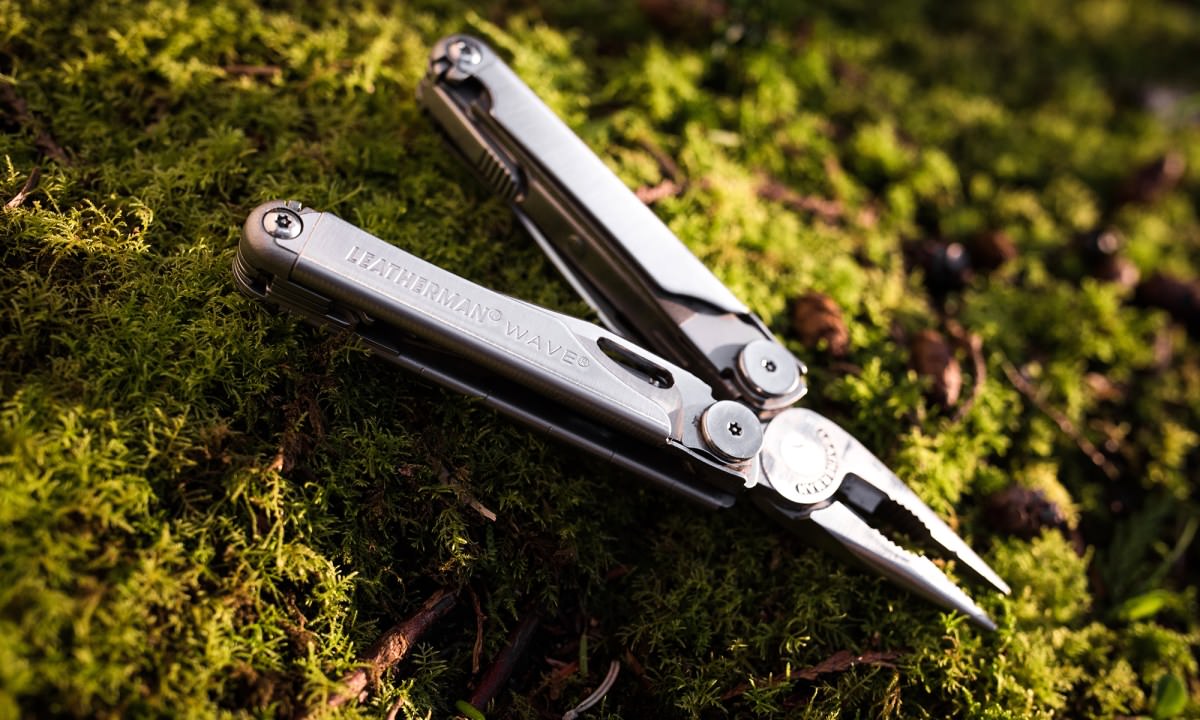Okay, first of all, it doesn’t matter how many episodes of Man vs Wild you watch, you are not the next Bear Grylls.
Watching the Discovery channel does not make you a survivalist any more than watching Deadliest Catch makes you a better fisherman. But if any of us ever get stuck for real out in the wild, hopefully we’ll at least know this much: these six survival myths may actually hurt you, not save you.
Myth: You Can Always Find Water
No, you can’t. The myth about it being okay to drink water if it’s running downstream is just that: a myth. You should boil your water for at least three minutes, unless you have iodine tablets, and sometimes use both. You can eat snow, but melt it first or you expend too much energy warming it up internally.
If you’re lost in the desert, your plan to drink from a cactus plant is drying up right before your eyes. The fishhook barrel cactus, one of five kinds of barrel cactus, is the only one you can drink safely from. The others have toxins that may overtax your organs and actually heat you up more.
As a last resort, drinking your urine, while disgusting as heck, also isn’t very good for you. You can do it once if you must, but otherwise, just like bad cactus juice, it taxes your system to process and may overheat you more.
Myth: Sucking Venom out of a Rattlesnake Bite
We all have a favorite rattlesnake bite joke, or at least I do, but can’t repeat it here. In reality, rattlesnake bites are no joke; people do die from them. Sucking out the venom, either by mouth or with any device, does more harm than good. Applying tourniquets, ice or compression wraps are harmful as well. The best course of action is to wash the wound site, cover it and get to a hospital as soon as possible. You should encourage the victim to not exert too much energy as that will spread the venom faster. If you can get help to them quickly, do it. Time is of the essence here.

Myth: Playing Dead vs. Running Away From a Bear
What do you do when a bear comes running at you? Playing dead works sometimes, but deciding when is the trick. Grizzly Bears attacking because they feel threatened may back off if you play dead, but when they say, “playing dead," they don’t mean acting out a Shakespearean death scene. They mean to roll up into a fetal position to better protect your vital organs in case Yogi decides to play with you.
Now if it’s a Black Bear running toward you, he may be into acting too, and it could be a bluff charge. In that case, making yourself big and making noise may deter the attack; just make sure you know what kind of bear you’re dealing with. Running away probably won’t work, even if you’re Usain Bolt. Bears are surprisingly fast, they can climb trees, and the old bit about bears not being able to run downhill is not a gamble I suggest you take.
Myth: Candy Bars in Your Backpack
I always stash a Snickers in my pack when skiing, but that is just in case I have the munchies on the chairlift. Relying on a candy bar to sustain me in the wild is about as funny as those Snickers commercials. Food really isn’t the problem when lost, as we can survive for an amazing amount of time without it. Water, or the lack thereof, is the problem. Hopefully you have a hydration pack with you and then, between that and the Snickers bar, we just might make it back to the lodge.

Myth: Moss Always Grows on the North Side
Moss will grow anywhere the conditions are right. It can grow north, south, east or west if it is moist and in the shade. I never understood how this could become such a myth as I’ve seen moss growing everywhere. A more reliable way to tell direction is, of course, the sun. Unless something goes horribly wrong, the sun will always rise in the east and set in the west. I guess you’re in trouble if you’re at the North or South Pole, but I guarantee you’re not going to find any moss there either.
Myth: Stand Under a Doorway in an Earthquake
Boy they sure don’t make them like they used to: doorways that is, not earthquakes. This wasn’t a myth in the old days when they made things better, but nowadays I’m not so sure. Just like old guys who use the word, “nowadays," doorways aren’t as tough as they used to be. Now the advice is to hide under a desk or table if you have one strong enough. Some folks preach that angles can save you, such as a table lying at an angle over a higher object. Most injuries occur from falling buildings and objects that come from them so if you are out in the open, you’re probably okay.